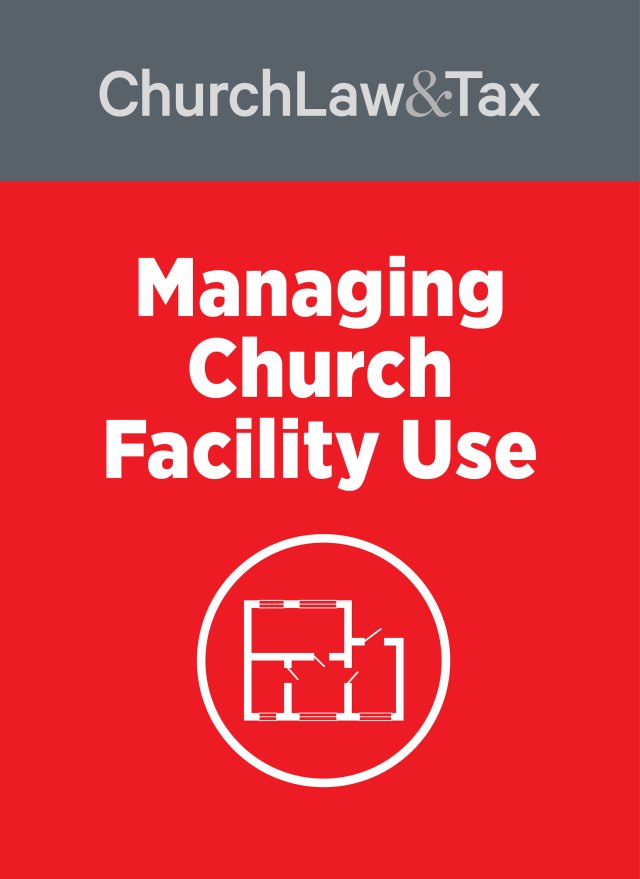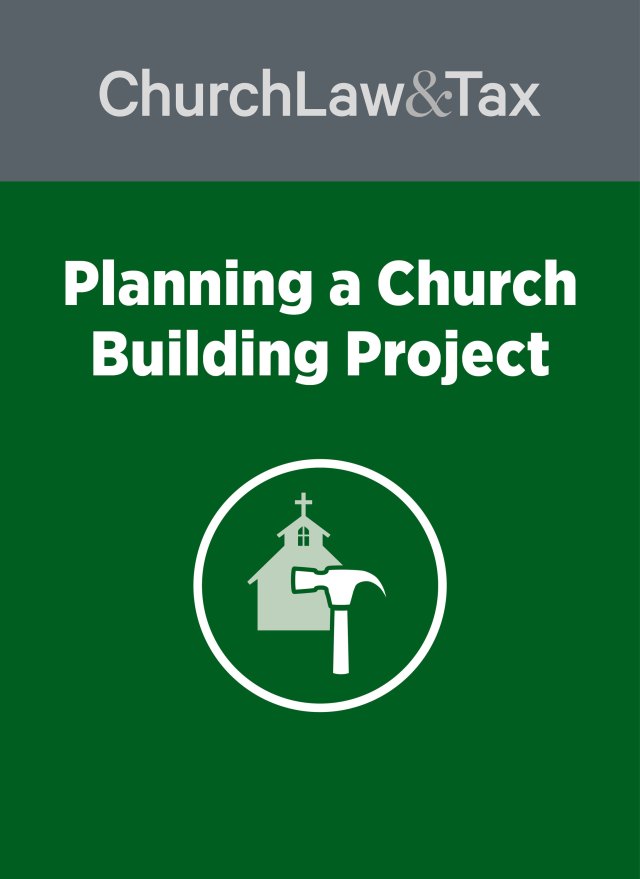Key point 10-16.7. A liability insurance policy provides a church with a legal defense to lawsuits claiming that the church is responsible for an injury, and it will pay any adverse settlement or judgment up to the limit specified in the policy. Liability insurance policies exclude a number of claims. For example, some policies exclude injuries based on criminal or intentional acts and claims for punitive damages. A church has an obligation to promptly notify its insurer of any potential claim, and to cooperate with the insurer in its investigation of claims .
The Supreme Court of South Dakota ruled that a church's lawsuit seeking monetary damages against a contractor whose negligence in completing a remodeling project allegedly caused significant water infiltration had to be dismissed since it was filed after the deadline specified by the statute of limitations.
In 2002 a church contracted with a company ("contractor") for construction of a new addition and renovation of its existing structure. The contractor hired subcontractors to perform much of the work. The project was completed in 2003, and almost immediately the church experienced a variety of problems throughout the structure, including ice dams, bats in the church, chipping concrete, hail penetration, and drainage issues. But the overriding problem was water infiltration "throughout the structure." The water infiltration persisted and resulted in the church filing a lawsuit in 2010 against the contractor and subcontractors ("defendants"). The defendants asked the court to dismiss the lawsuit on the ground that it was filed after the six-year deadline imposed by the statute of limitations.
The church responded that its lawsuit was based in part on the project's structural design errors and construction errors. Because it did not know of the structural design errors and construction errors until it obtained an engineer's report in 2010, its claims did not accrue until 2010, making its suit timely. The church also argued that the doctrine of "equitable estoppel" prevented the defendants from benefiting from the statute of limitations.
Statute of limitations
The court noted that it was undisputed that the church knew water infiltration existed throughout the building almost immediately after construction was completed in 2003, and therefore the lawsuit's water infiltration claims were barred by the six-year statute of limitations.
The court then addressed the church's argument that "many of the structural deficiencies and defects discovered in 2010 had nothing to do with water infiltration," and as a result they were not time-barred by the statute of limitations. The defendants countered that "there have not been different acts constituting separate breaches of contract, but only the church learning the full extent of its damages."
The court noted that "statutes of limitations begin to run when plaintiffs first become aware of facts prompting a reasonably prudent person to seek information about the problem and its cause." The court concluded: "The church had actual notice of the water infiltration throughout its building prior to 2004. Whether that actual notice is enough to put it on constructive notice of its structural design error and construction error claims (making the structural design error and construction error claims accrue prior to 2004), is the heart of this case." The court stressed that it lacked sufficient information to resolve this question, and so it remanded the case back to the trial court to determine if the church's "actual notice of the water infiltration constitutes a sufficient circumstance to put a prudent person on inquiry of each of the construction error and design error claims." If the church "was put on actual or constructive notice of the alleged deficiency because of the actual notice of the water infiltration, then a claim based on that alleged deficiency is not a separate cause of action but accrued at the time of the water infiltration and is therefore barred by the statute of limitations." But, if the church was not put on actual or constructive notice of the alleged deficiency because of the actual notice of the water infiltration, then a claim based on that alleged deficiency is a separate cause of action with a separate accrual date."
Equitable Estoppel
The court noted that the statute of limitations may be "tolled" or suspended if the following four factors are established by clear and convincing evidence: (1) Defendants made false representations to or concealed material facts from the church; (2) the church did not have knowledge of the real facts; (3) the misrepresentations or concealment was made with the intention that it should be acted upon; and (4) the church relied upon those misrepresentations or concealment to its prejudice or injury.
The church claimed that the defendants lulled it into a "false sense of security" when they continually reassured it that the water infiltration would be fixed. The court disagreed: "Even if the church was lulled into a false sense of security that its problems would be fixed, it fails to identify a single fact demonstrating that defendants misrepresented or concealed material facts. Indeed, the defendants, on numerous occasions, attempted to fix the water infiltration and even stated that it did not know why the infiltration continued. In addition, the church had knowledge of the real facts of the case—that there was leaking throughout the building."
What this means for churches
This case illustrates an important point. No matter how meritorious a church's claims are against contractors and other vendors, those claims must be contained in a lawsuit that is filed prior to the expiration of the applicable statute of limitations. Statutes of limitations vary from state to state, and so it is important to be familiar with applicable state law. All states have different statutes of limitations based on the type of injury. For example, there will be different time limits for breach of contract, fraud, breach of warranty, and property damage. The takeaway point is to consult with legal counsel as soon as you believe that the church has a viable legal claim against another party. NEXT, Inc., 852 N.W.2d 434 (S.D. 2014).




